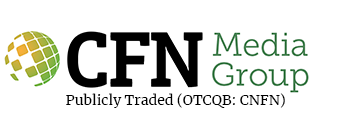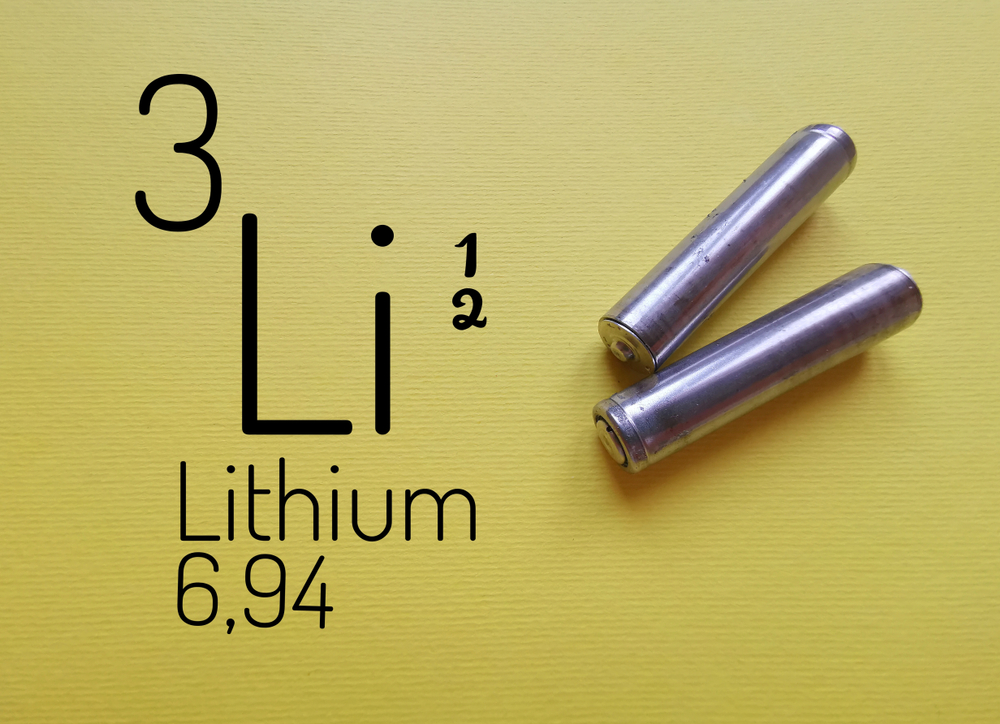Several factors have converged over the last few years to fuel a meteoric rise in lithium prices. The rise in demand, and the forecast for that trend to continue, for electrification of vehicles and the energy grid (and the lithium-ion batteries needed to meet that demand) is a major component. China basically has the refining and processing market cornered, controlling about two-thirds of the global capacity. Chinese mining companies are investing in new projects around the world, focused in Africa and South America, to secure future supply. These dynamics are leading countries around the world, including the US and Canada, to incentivize domestic production as a national security issue.
Canada is investing in a critical minerals strategy designed to greatly boost and incentivize production of, initially, six minerals including lithium. Federal budget commitments include a 30% Critical Mineral Exploration Tax Credit among other measures. The US recently instituted a $675 million Critical Materials Research, Development, Demonstration, and Commercialization Program to jump start domestic production of critical minerals including lithium.
As a result, investors may be wise to consider companies looking to develop domestic sources of these critical minerals in general, and lithium in particular. One area where there may be significant room for value creation is with junior miners, the companies doing the legwork to find and prove significant lithium resources in the build-up to actually getting a mine permitted. These companies often see increases in valuation, both in response to general market interest in lithium (a rising tide lifts all boats) and as a result of progress on the road to confirming the feasibility and economics of a specific potential mine (drill program, resource estimates, NI 43-101 completion, feasibility study, etc.). In a market as hot as lithium, with everyone looking to secure sources of the material, mergers and acquisitions and joint ventures are common and competitive. It all starts with the explorers.
One such company is FE Battery Metals Corp. (CSE: FE) (OTCQB: FEMFF), which owns prospective hard rock lithium properties in key mining districts of Quebec and Ontario. Its most advanced property is the Augustus lithium prospect, with a combination of historical work and the company’s own drilling programs suggesting a significant potential resource of high grade lithium. The property is located directly adjacent to the North American Lithium (NAL) project, a historically producing mine set to resume production this year after a brief halt in 2019 due to financial problems. Let’s take a closer look at what FE Battery Metals currently knows it has, and the prospects for the property going forward.
Augustus Lithium Prospect Development to Date
The Augustus prospect, and the adjacent Canadian Lithium/Beluga prospect (both owned now by FE Battery Minerals), were originally explored in the 1950s. Drilling from that time period, totaling 32 holes, found Lithium Oxide (Li2O) deposits consistently measuring in concentrations from 1-2%. For perspective, hard rock lithium deposits in the 0.9-1.6% range have historically been considered mineable targets.
In order to confirm and expand the historical exploration results, the company completed its own Phase 1 drill program in 2021, and followed it up with a Phase 2 program in 2022.
From FE’s website, in 2021 the company launched an exploration program at Augustus which included prospecting, stripping, grab and channel sampling along with the completion of a Phase One diamond drill program of 5,847.15m designed to reconfirm previous results within 32 drill holes.
- Of the 32 drill holes, 27 intersected significant spodumene rich lithium-bearing pegmatites.
- Confirmed the historical lithium mineralization of over 10,000ppm (>1%) Li oxide in reported drill holes.
- Two of the drill holes, LC21-30 and LC21-31, were completed for advanced metallurgical test work for Lithium production.
- Program delineated spodumene pegmatites which are still open along strike and depth at the two targets investigated.
- At the Beluga/Canadian Lithium prospect an approximately 50 meters wide high-grade lithium bearing spodumene pegmatite zone has been identified on the surface which needs follow up work.
Phase 2 exploration program work included prospecting, mapping, sampling, and diamond core drilling. The company has completed eight NQ size core drill holes on the Augustus Property with a cumulative drilling of over 2,200 meters for this phase of the work program. To date FE Battery Metals has completed over 8,000 meters of diamond drilling on the property. The Phase 2 program produced similar results to the Phase 1 work.
Importantly, FE conducted extensive helicopter-borne magnetic surveys of the area. The results indicate the strike length may be more than double the length suggested by the historical work. Until the aerial survey, the main deposit on the Augustus property was thought to be about 0.8 km in length, but the magnetic tests returned a strike length up to 1.8 km in length.
What Comes Next?
The drill program is designed to provide the necessary information for completion of a NI 43-101 report which will officially define the lithium resources (measured, indicated, and inferred) on the Augustus/Beluga property. FE has not announced a specific timeline for the NI 43-101 report. Further drilling in 2023 is expected prior to submission of the report.
Another data point that feeds into this report is the ongoing metallurgical testing of the samples taken from the ground. The lithium in the rock needs to be processed into a concentrate with 6% Li2O concentration to be commercially viable, and the first results hit the benchmark.
Following completion of the NI 43-101 report, the next step typically involves the creation of a Feasibility Study. These get down into the details of a proposed mine, demonstrating the economic viability of a proposed project based on the resources available, the capital expenditure necessary to get the mine off the ground, and the projected operating expenses. The Augustus/Beluga prospect is very well situated in this regard, with all of the necessary infrastructure in place because of the adjacent North American Lithium (NAL) mine.
That project is a joint venture between Sayona Mining (75% ownership) and Piedmont Lithium (25% ownership). Mineral reserves there are estimated at 29.2 million tonnes grading on average 0.96% Li2O. North American Lithium will have a processing facility on site and will also process ore from Sayona’s Authier lithium mine located approximately 30km away. FE is continuing its explorations efforts on its claims directly adjacent to NAL, although not nearly as advanced when compared to NAL to date.
The Upshot
Building value for any junior mining company is a step-by-step process. Identifying and acquiring strategic properties; expanding on historical exploration with modern techniques; defining the potential resource; producing the NI 43-101; completing the feasibility study. All of these steps lead to the point where an actual mine can be contemplated, often through a joint venture or an outright sale to a major company.
FE Battery Minerals is checking all of these boxes in its development of the Augustus/Beluga Lithium prospect. In future articles we will discuss other FE properties as well, but this one is the farthest along and has the clearest path forward. Considering the market forces at play, with lithium demand (and prices) continuing to rise and western governments incentivizing domestic production, investors are encouraged to keep an eye on FE Battery Minerals’ developments over the coming quarters.










